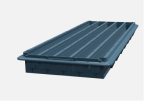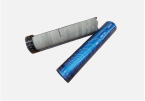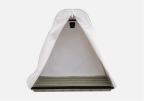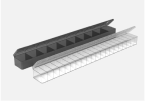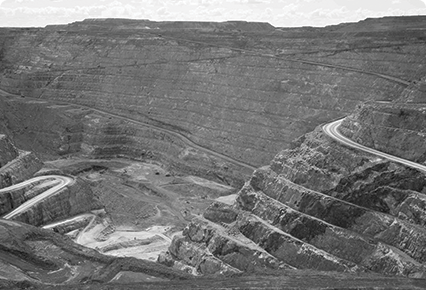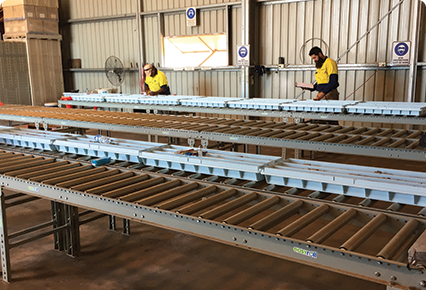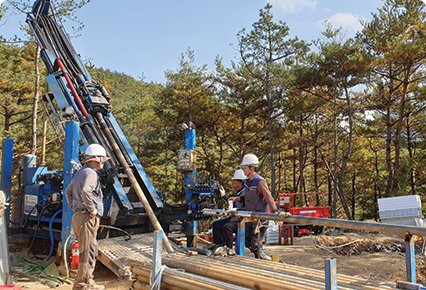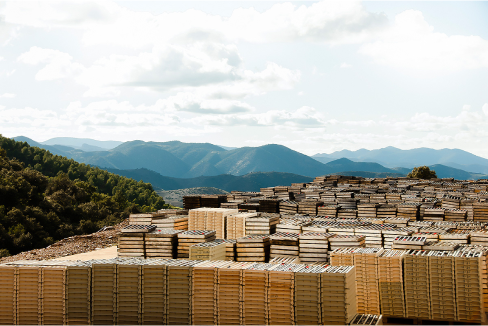The humble core tray is the geologist’s best friend on the field.
It is where core samples are collected - for transport, analysis and storage, sometimes for years. Thus, the integrity of core samples is often dependent on the quality of the tray or box itself.
It’s a no-brainer that core trays should be of the highest quality but this is a subjective qualification. Many factors go into the decision-making process of purchasing core trays for a field operation. It is a substantial expense and a long-term investment.
So, before deciding on a brand or material, you should have a comprehensive answer to this question: What should you be looking for in a core tray?
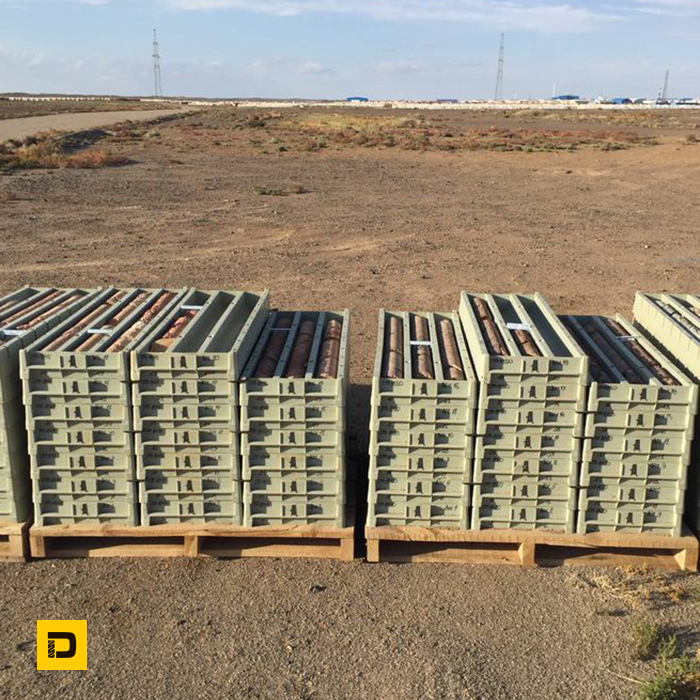
Material. Core trays can be metal, wax cardboard, wooden, or our personal preference, plastic.
Metal galvanized steel core boxes have been around for a long time. That’s how you know they’re sturdy. And they can be easily customized to different lengths and sizes.
However, because of the material, it can get hot or cold easily. As you can imagine, temperature resistance is essential to both people and samples. You can get injured touching a freezing or burning core tray.
Months, even years, of hard work can go down the drain if samples are compromised because of extreme temperatures. Sulphide ores react with metal, which can lead to corrosion, contamination, and, a geologist’s nightmare - core loss.
The tray itself is heavy to lift. Imagine how much heavier it would be with samples. Handlers are prone to injury because of the sharp edges, and because of its material, stacking evenly and properly can be a challenge.
Wax cardboard core boxes are common in the U.S. so there’s a stable supply chain for this type of core box.
Unlike metal trays, this is easier to handle, with or without samples. (No need to grab an entire team for transport!) It’s also easy to transport because of its flat-pack nature. And as you can see in the photo above, it comes with a lid which also doubles as a writing pad for notes and labels.
But alas, it is still a cardboard box. And cardboard boxes are not the sturdiest of boxes, especially if you are looking to store valuable samples. This means that you have to find another way to store this internally to protect it from harsh outdoor elements. This can mean additional expense for structure, maintenance, and labor.
It also means that it is prone to collapsing, especially if you store heavier samples like rocks. And it is not uncommon for core boxes of this material to lose its original shape in transit, and even while static in storage, especially when stacked on top of each other.
Wooden core boxes are common in Canada, Mongolia, Kazakhstan, Sweden, according to our research. It is most likely because of the colder climate, but the availability of timber will, of course, be a major factor.
Using locally sourced materials means that wooden box production helps the community through job generation.
Wood is easy to customize to different sizes, and it’s recognized as a strong and reliable material especially in cold climates. And though it can be quite heavy, it is still relatively easy to handle, aka it is still possible to do a one-person operation. (Though splinters are common so don’t forget your gloves.)
But as we know, termites are the nemesis of wood. While generally okay in cold weather, the same cannot be said if it is left under extreme heat.
You’ll also find that because it tends to be longer, it can sometimes be tricky to photograph samples because it does not fit the regular camera frame.
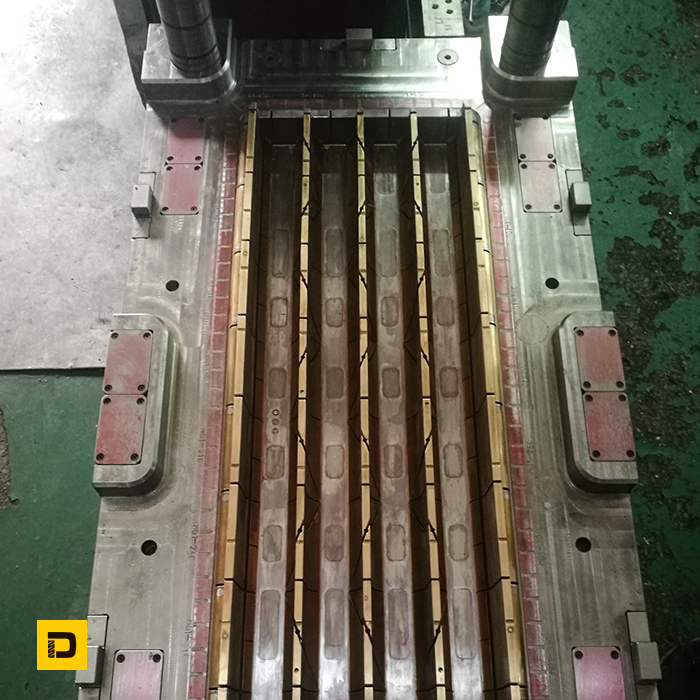
As mentioned above (and as you may have guessed by now), injection molded plastic core boxes are our favorite.
In particular, we love the Discoverer® Plastic Core Trays and when we think of plastic core boxes, this is our benchmark. (And for good reason too. Discoverer® is the world's leading plastic core box brand since pioneering the market in 1993. It’s a claim backed by geologists and field specialists around the world.)
Plastic molding technology is not at all new but this particular brand and make of plastic core box incorporates intuitive features that make a huge impact on improving efficiencies in cost, time, and labor.
So, what do we love about it?
For starters, it is temperature-resistant both ways. You could be in Canada or in South America, and your core samples will be fine. And because it is designed to be stacked on pallets, storage is hassle-free. It nests when empty and stacks when full. You only need a lid for the top of the stack.
No storage sheds? No problem! These core trays can be left outside for the entire life of the mine. It is UV-resistant too, so the integrity of samples remains intact. And termite infestation or rotting is not a problem with plastic core trays.
One core tray can last a good 30 to 40 years. Indoors, it can last a lifetime which means it can be reused for multiple field operations.
An important, but sometimes overlooked, step when analyzing samples is labelling. Poor handwriting can cause costly mistakes. So how do you write on plastic?
The answer is you don’t. The Discoverer® Plastic Core Boxes has unique Tru Identiti™ stencil inbuilt into the plastic molding. When the tray is photographed, a core imagery software identifies stenciled information. It uses this data to label the photo and assign it to the corresponding database.
It can also be embedded with an RFID tracking chip which means no more core tray markings which can be erased or ID labels that can go missing. Instead, it has metal tags fitted into each box. These can be used to inscribe indelible markings.
These features make logging, sampling, and core tray inventory management more seamless. It also minimizes the problem of missing or unidentifiable core trays.
In terms of handling, it is highly durable and impact resistant (ideal for long-haul trips on bumpy roads) but still lightweight enough to carry on your own.
On the downside, plastic core trays are not flat-pack so they are ‘bulky.’ This translates to higher transport costs. (Although you will not have to worry about DIY assembly when these trays arrive on site.)
And it is not as flexible when it comes to customizing sizes because injection molded plastic is expensive to manufacture, especially in small batches.
Availability can also be a challenge, depending on which part of the world you are in. In some cases, local operators opt for core trays or boxes that are easier to source when they consider the cost of importing plastic core trays, even with the long-term benefits.
Cost. Our research has revealed that there is very little cost difference per foot or per meter of core among the different core box/tray materials.
Here’s a simplified summary:
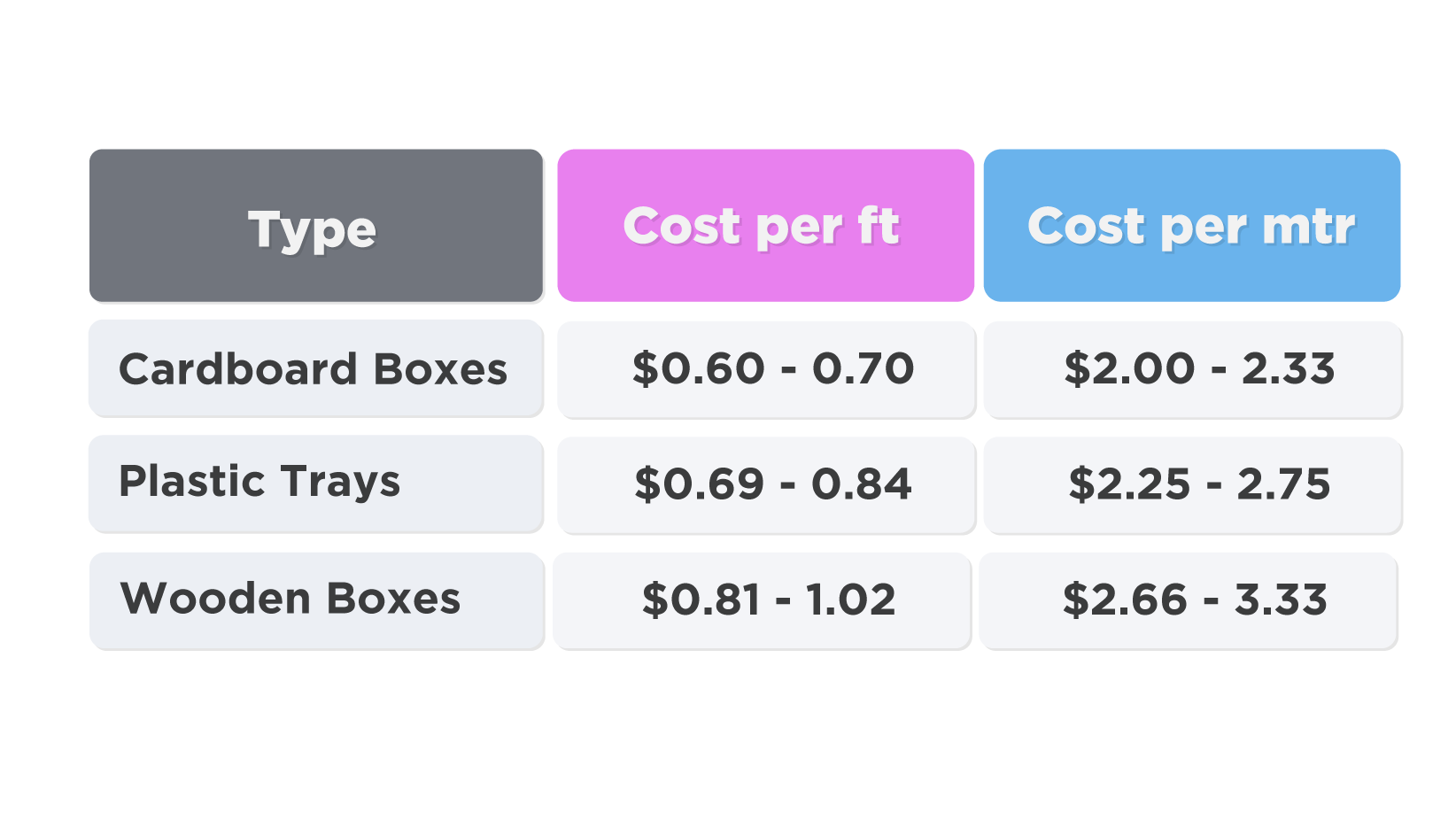
Remember: This is an estimate. We know that many factors go into the final budget. But this gives you an overview of how much it might cost.
Keep in mind other factors like transport costs. Generally, a flat-pack product will cost less to ship compared to a fully assembled one.
Availability. This also ties in to cost. You may want to get plastic core trays but if they are coming from halfway around the world, it may be prudent to look for an alternative that is locally available.
In the case of the Discoverer® Plastic Core Tray, it can be typically shipped to anywhere in the world within 5-10 days.
Here is some insider information on who manufactures what in different major mining sites globally:
- All core boxes in Africa are manufactured in South Africa. But did you know that some companies still prefer to purchase plastic core trays from Australia because it’s easier? Geographical proximity does not always translate to ease of transport.
- South America has a fast-growing core tray manufacturing industry. Top companies include Boxiplast for plastic core trays, Geo Equipos and Granlog for corrugated celuplast plastic core witness boxes, CoreCase for recycled plastic core box, and Coeur Products for 100% wax impregnated core box.
- The U.S. mostly manufactures wax impregnated cardboard boxes. Canada, as mentioned above, predominantly manufactures wooden boxes, specifically from timber.
Here’s a timber fact for you: Did you know that winter timber is less prone to cracking and deforming? The dryness makes shrinkage more uniform. The minimum percentage of starch also prevents decaying.
Specific features. This will depend on your unique needs and circumstances. But if you can and you want to, here are some features that will truly make a difference.
- Integral strength. Specifically, look out for interlocking bracing between tray rows. This ensures uniform rigidity and strength, and improves longevity even in harsh conditions.
- Stable stacking. It should stack neatly and easily without affecting the samples below.
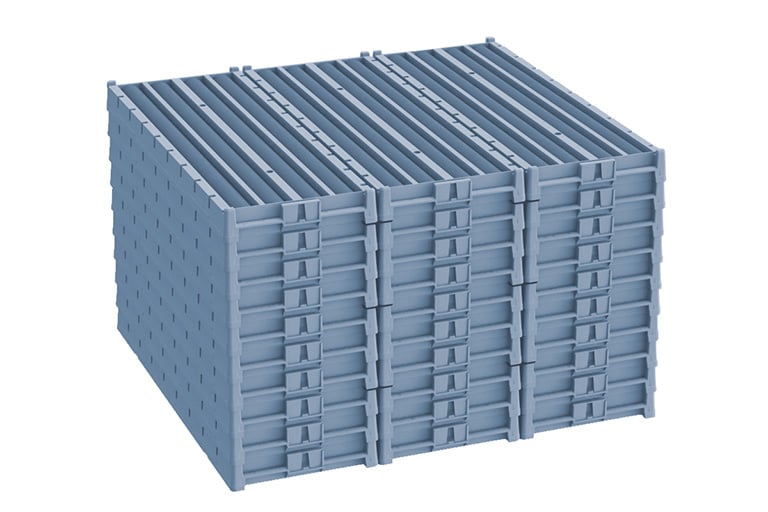
- Roller-racking friendly. Ideally, the core tray glides smoothly on roller racking so as not to disturb the samples. This means the bottom should be smooth and flat.
- Extra channel height. This will prevent protrusive cores from affecting the stacking capability of the trays, which can lead to trays falling over if they are unstable.
- Non-suction channel. A core tray that allows a small air channel underneath the core will prevent the ‘suction effect.’ This can happen with wet cores that follow the exact shape of the cylindrical core.
- Ergonomic grip bar. You will most likely have to lift and move the core trays frequently. You want a tray that is ‘hand-friendly’ so you can avoid injuries.
- Clip-in (and ideally color-coded) core markers. This allows you to put dividers in the channels to separate and label the core samples.
- Bold ‘Start’ indicator. This provides clarity for drillers and minimizes the possibility of errors while logging the core.
- Sufficient size drainage holes. This allows for water drainage along each channel, and prevents water logging. This, in turn, helps the sample dry quickly while staying securely stored.
- Permanent ID record. A built-in ID tag allows geologists to easily identify what is loaded in each tray, especially when they are stacked.
- Link bands for transport stability. These bands should fit into the corners so the trays can be fastened securely and easily during movement.
- Durable lids. For plastic core trays, it should ideally be UV-resistant so it can withstand prolonged sunlight exposure.
- Consistent 1 meter capacity. This will make core logging so much easier. This standard practice design also makes it efficient, as you’ll need fewer trays than if you used trays with shorter internal length.
Parting Note
Not all core trays are created equal but that does not mean that using one over the other will guarantee a better outcome.
In most cases, you’ll find that experience is the best teacher. Working around your core tray’s limitations pushes you to be resourceful and creative about finding solutions. (More importantly, it will highlight some of our aforementioned points on long-term value and investment.)
What’s in your checklist? Did we miss anything that you think should be in this list? We’d love to know what you think!


